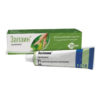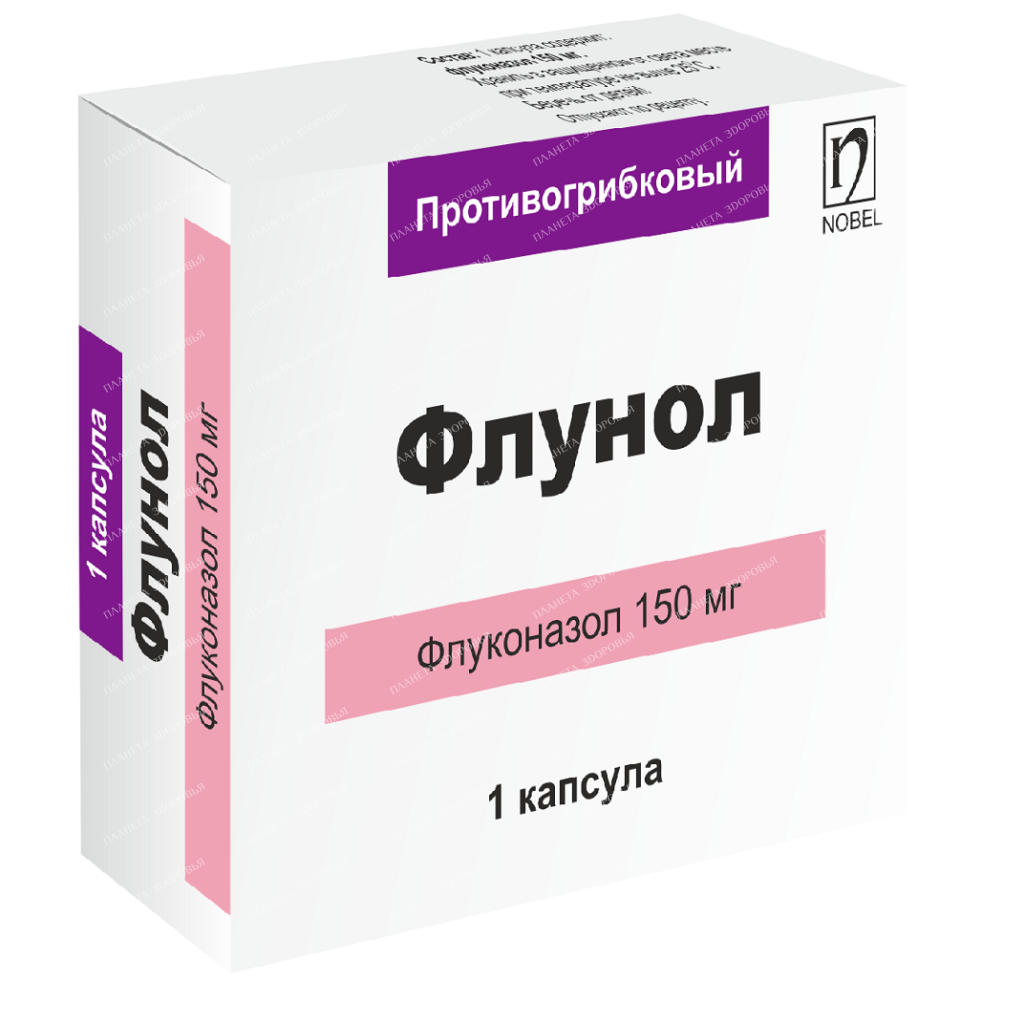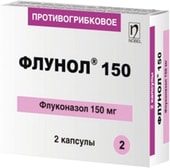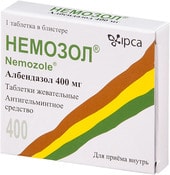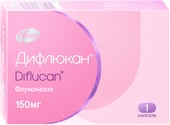h2 {
font-size: 2em;
margin-top: 0;
}
h3 {
font-size: 1.5em;
margin-top: 1.5em;
}
ul {
list-style-type: disc;
margin-left: 2em;
}
li {
margin-bottom: 0.5em;
}
Flunol Capsules 150mg: Powerful Antifungal Treatment for Various Infections
Description:
Flunol capsules contain 150mg of fluconazole, a potent antifungal medication used to treat a wide range of fungal infections in adults. This comprehensive guide provides detailed information on Flunol’s uses, dosages, precautions, and potential interactions with other medications.
Key Features:
- Effective against various fungal infections: Flunol is indicated for the treatment of cryptococcal meningitis, coccidioidomycosis, invasive candidiasis, candidiasis of the mucous membranes, dermatomycosis, tinea unguium (onychomycosis), and prevention of relapses of cryptococcal meningitis, oropharyngeal candidiasis or esophageal candidiasis in HIV-infected patients.
- Available in convenient capsule form: Flunol capsules are easy to swallow, making it a suitable option for adults and older children who can swallow capsules.
- Comprehensive dosage information: This guide provides detailed dosage recommendations based on the specific fungal infection and patient factors like age, renal function, and severity of the infection.
- Detailed safety information: Learn about potential side effects, drug interactions, and precautions to take while using Flunol.
Indications:
Flunol 150mg is a prescription medication used to treat the following conditions in adults:
- Cryptococcal meningitis: Treatment of cryptococcal meningitis and prevention of relapses in high-risk patients.
- Coccidioidomycosis: Treatment of coccidioidomycosis.
- Invasive candidiasis: Treatment of invasive candidiasis.
- Candidiasis of the mucous membranes: Treatment of oropharyngeal candidiasis, candidiasis of the esophagus, candiduria, and chronic candidiasis of the skin and mucous membranes.
- Chronic atrophic candidiasis of the oral cavity: Treatment of candidiasis associated with dentures when oral hygiene or local treatment is insufficient.
- Acute or recurrent vaginal candidiasis: Treatment of vaginal candidiasis when topical therapy is not appropriate.
- Candidal balanitis: Treatment of candidal balanitis when topical therapy is not appropriate.
- Dermatomycosis: Treatment of tinea pedis, tinea corporis, tinea cruris, tinea versicolor, and candidal infections of the skin when systemic therapy is required.
- Tinea unguium (onychomycosis): Treatment of onychomycosis when other drugs are not acceptable.
- Prevention of candidal infections: Prevention of candidal infections in patients with prolonged neutropenia (e.g., during chemotherapy or hematopoietic stem cell transplantation).
Contraindications:
Flunol is contraindicated in patients with:
- Hypersensitivity to fluconazole, other components of the drug, or azole substances with a similar structure.
- Concomitant administration of drugs that prolong the QT interval and are metabolized by the cytochrome P450 isoenzyme CYP3A4 (e.g., cisapride, astemizole, pimozide, quinidine, and erythromycin).
- Simultaneous use of terfenadine with repeated use of fluconazole at a dose of 400mg/day or more.
Precautions:
Flunol should be used with caution in patients with:
- Violations of liver function indicators.
- Rash during fluconazole use, especially in patients with superficial fungal infection and invasive/systemic fungal infections.
- Potentially proarrhythmic conditions (e.g., organic heart disease, electrolyte imbalance, and concomitant therapy contributing to such disorders).
Use during Pregnancy and Lactation:
- Pregnancy: Fluconazole is not recommended during pregnancy unless the potential benefits outweigh the risks, particularly at high doses or for long-term use.
- Lactation: Fluconazole can pass into breast milk. Breastfeeding is possible after a single dose of 200mg or less. Repeated use or high doses of fluconazole may necessitate discontinuing breastfeeding.
Dosage and Administration:
Dosage depends on the nature and severity of the fungal infection. Treatment should continue until clinical or laboratory signs of active fungal infection have disappeared. Insufficient duration of treatment may lead to a recurrence of infection.
Drug Interactions:
Flunol can interact with other medications. Co-administration with certain drugs is contraindicated, while others require caution and dose adjustment. This guide provides a comprehensive list of potential drug interactions and recommendations for safe co-administration.
Side Effects:
The most common side effects of Flunol include headache, abdominal pain, diarrhea, nausea, vomiting, elevated liver enzymes, and rash. This guide details the full range of potential side effects, categorized by organ system class.
Overdose:
Symptoms of overdose include hallucinations and paranoia. Treatment involves symptomatic measures, gastric lavage, forced diuresis, and hemodialysis.
Important Note:
This information is intended for general knowledge and educational purposes only. It is not a substitute for professional medical advice. Always consult with your healthcare provider for diagnosis, treatment, and any questions you may have regarding your health or medical condition.
| INN | FLUCONAZOL |
|---|---|
| The code | 41 551 |
| Barcode | 8 699 540 002 890 |
| Dosage | 150 mg. |
| Active substance | Fluconazole |
| Amount in a package | 50 |
| Manufacturer | Nobel Ilach Sun. wee tick. A.S., Turkey |
| Importer | IOOO Interfarmaks 223028 Minsk region, Minsk district, Zhdanovichsky s / s, ag. Zhdanovichi, st. Star, 19a-5, room. 5-2 |
Related products
Antifungals & Antiparasitics
Antifungals & Antiparasitics
 Free worldwide shipping on orders $99+
Free worldwide shipping on orders $99+  US: temporary delays — postal services aligning new import rules,
US: temporary delays — postal services aligning new import rules,  EU: 1–2 weeks,
EU: 1–2 weeks,  Worldwide: 1–4 weeks
Worldwide: 1–4 weeks 

